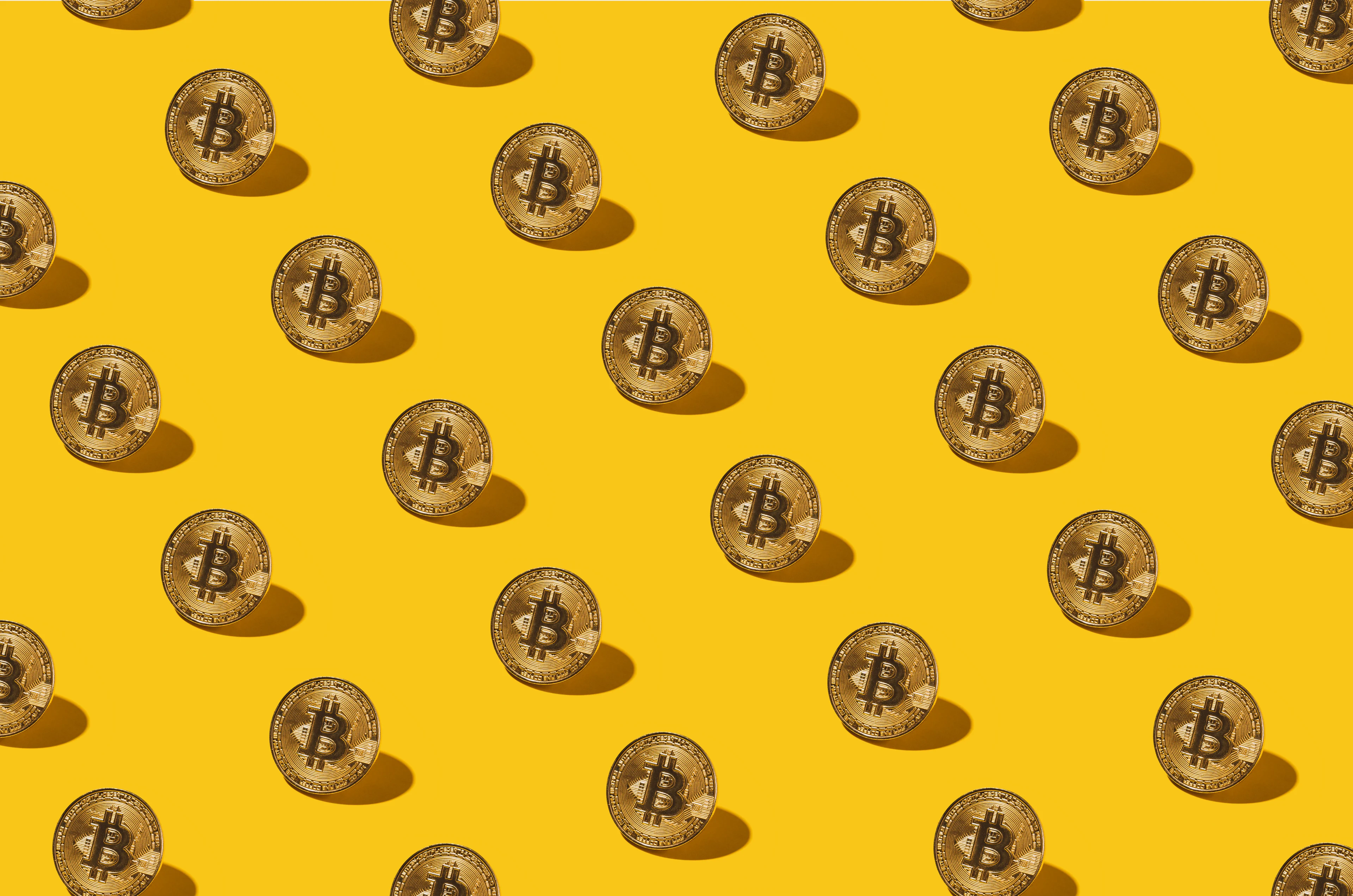Back to Blog
What does the FTX collapse mean for NFTs? - Explained - NFT.com

Don Thibeau
Nov 17th, 2022
.2 min read

What does the FTX collapse mean for NFTs?
In this article, we will break down how the collapse of the major cryptocurrency exchange FTX affects the NFT industry and ecosystem.
Abstract
FTX, once one of the largest cryptocurrency exchanges, collapsed in early November due to excessive leverage and mismanagement of user funds. The FTX collapse was far from isolated, bringing with it sister-companies and subsidiaries, Alameda Research, FTX.US, and countless others.
The ripple effects of this crash have been severe, and many funds and investors soon experienced crises of their own as they lost funds, wrote off investments, and saw users exit the market.
The impact of FTX’s demise on the cryptocurrency industry is clearly significant, but you may be asking yourself: what does this mean for NFTs?
We’ve identified a few key takeaways to keep in mind whether you are an NFT issuer or collector.
1. Own your keys, own your coins

Blockchain technology enables people to self-custody any token, including an NFT. This means that they have a public/private key pair that controls their tokens.
Keys are managed through wallet software which you can learn more about here.
During the fall of FTX, users that didn’t control their keys and instead trusted the exchange to hold their tokens, soon found themselves unable to withdraw their funds. In many cases tokens were lent out to third parties and subsequently lost. These users have limited recourse to withdraw their tokens.
Anyone collecting NFTs should ensure they self-custody their NFTs for the same reason. NFT.com is a fully self-custody solution so you never need to give up control of your NFTs.
2. Brands must be builders

Crypto companies have featured a lot of well known celebrities including Tom Brady and Matt Damon to promote their products. Some of these celebrities are now named in lawsuits related to the FTX collapse.
Despite this, new creators and consumer brands are continuing to enter the NFT Space. Nike, Reddit, Sony, and more have announced new products leveraging NFTs for digital collectibles.
New users should trust those brands which are integrating NFTs and digital collectibles into their strategies and products as opposed to merely contributing to hype.
3. NFT trading decline

NFT trading volumes have decreased following the implosion of FTX. Many users had their token portfolios negatively impacted which has reduced the number of speculators in the market.
However, many organic NFT communities are still experiencing strong trading. Ecosystems that were less affected are still seeing significant trading volume like the Zuse Market on Hedera.
Many NFT collections are targeted to unique communities outside of financial speculation. This will help NFTs and the cryptocurrency as a whole to rebound.
4. Community, community, community

Community engagement will define what makes NFT collections successful now more than ever.
NFTs allow individuals to participate in shared digital communities. NFTs provide access, artwork, and reputation within these communities.
Many NFT communities have rallied around one another in light of market turbulence. Users have helped each other to address security issues, share news, and more.
Projects like LinksDAO have continued to support their communities with new NFTs like their recent Links Champion drop.
5. Remember what makes crypto great

This latest crisis represents the value of decentralization in all parts of our digital lives. Blockchain and NFTs allow individuals to own their assets, their identities, and ultimately their communities.
Conclusion:
Our mission at NFT.com continues to build the homebase for digital collectibles where users can buy and sell NFTs wherever they live in a profile that they own.
We invite you to join the NFT.com community today, and be a part of shaping the future of the NFT space.
New to NFTs? Click here for more helpful guides and articles!
Related Posts

What Is an NFT? A Guide to Web3 in 2023
Want to learn about NFTs? Look no further! This article will provide a basi...

NFT.com Team
Jul 6th, 2022

Why is everyone creating NFTs in 2022? - NFT.com
New NFT use cases are emerging every day. Find out what new opportunities N...

Don Thibeau
Jul 6th, 2022

How to be early to an NFT drop - Explained - NFT.com
Learn how to find new NFTs, get in on new NFT drops, and how content like v...

Alec Otto
Sep 2nd, 2022